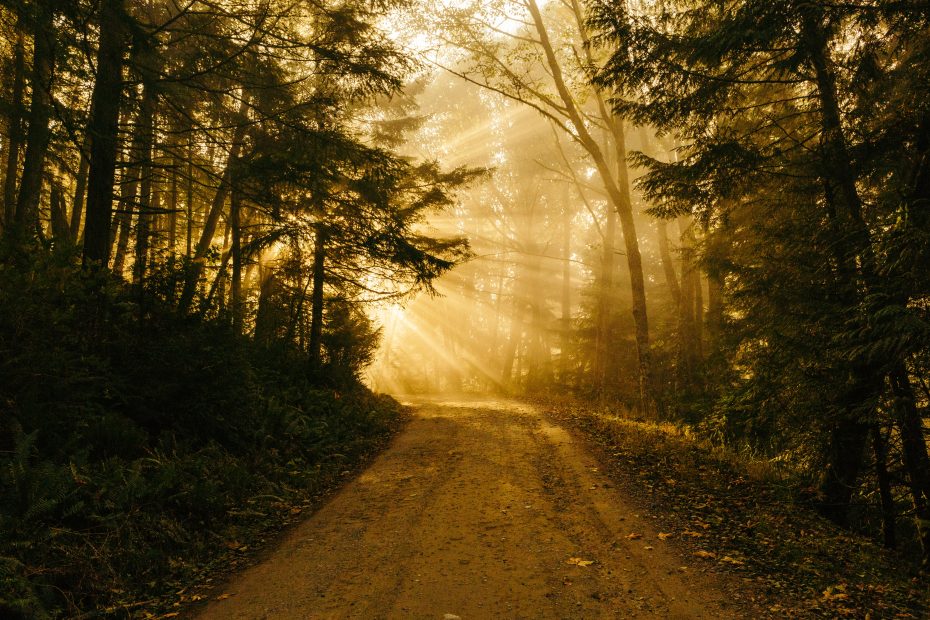Uruguay is often overshadowed by its larger South American neighbors Brazil and Argentina when it comes to popular tourist destinations. The cosmopolitan beach city of Punta del Este and the capital Montevideo typically top travelers’ itineraries. However, Uruguay has a wealth of underrated and overlooked attractions off the beaten path for those looking to immerse themselves in the country’s natural beauty, small towns, and local culture.
Table of Contents
Hidden Beaches
Several breathtaking beaches remain largely undiscovered by crowds. Playa Chihuahua is a secluded white sand beach framed by rolling green hills. Further up the coast, Punta del Diablo charms with its bohemian surf town vibes. Cabo Polonio is an isolated fishing village nestled between sand dunes and sea lions. For sweeping ocean vistas, head to Santa Teresa National Park.
Quaint Colonial Towns
Beyond the big cities, Uruguay is dotted with historic colonial towns. Colonia del Sacramento’s cobblestone streets and Portuguese architecture offer a glimpse into the country’s roots. The riverside town of Salto delights with its colorful row houses and lively carnival. Tacuarembó and Minas entice with their charming gaucho culture and untouched natural beauty.
Natural Wonders
Some of Uruguay’s most spectacular scenery is found off the tourist trail. Quebrada de los Cuervos protects bizarre rock formations and thundering waterfalls. Valle del Lunarejo’s moonlike terrain looks otherworldly. The massive underground stalactites of Grutas del Palacio will leave you awe-struck. Hike up Cerro Pan de Azúcar for panoramic hilltop views.
Local Culture
Uruguay has a rich and distinctive local culture. Hear the captivating rhythms of candombe music and dance at lively festivals and parades. Savor the flavors of asado, juicy barbecue cooked over open fires in the traditional gaucho style. Speaking of gauchos, Uruguay’s iconic cowboys offer an authentic taste of life on the ranch. And Carnaval celebrations explode with colorful floats and costumes.
Adventure Activities
Adrenaline junkies will find ample opportunities to get their fix. Sandboard down the towering Medanos de Corales dunes. Trek through diverse ecosystems in Parque Nacional Santa Teresa. Ride the epic waves in surf mecca Punta del Este. And keep your binoculars handy to spot rare bird species in Cabo Polonio.
With its beguiling blend of offbeat adventures, breathtaking scenery, living culture, and colonial history, Uruguay promises rewarding discoveries for travelers seeking the road less traveled. Venture beyond the greatest hits to uncover the country’s most compelling hidden gems.
Frequently Asked Questions
What is the best time of year to visit Uruguay?
The best time to visit is during the Southern Hemisphere’s summer from November to March when temperatures are warm and sunny. The peak season coincides with carnival celebrations in January and February.
What languages are spoken in Uruguay?
The official language is Spanish. Some Portuguese and indigenous languages like Guarani are also spoken. English is less commonly used outside tourist areas.
How do I get around Uruguay?
Buses are the most common way to get around Uruguay both between cities and into rural areas. Rental cars are also an option for more flexibility. Domestic flights connect major cities.
Is Uruguay expensive to visit?
Compared to many South American countries, Uruguay is relatively expensive especially in touristy areas. Budget travelers can find ways to save on food, transportation and lodging. Using public buses and avoiding peak seasons helps.
What type of electrical plugs are used in Uruguay?
Uruguay uses electrical sockets types C, F and L sockets. Travelers from North America will need a plug adapter and converter for the 220-240 voltage electricity.
